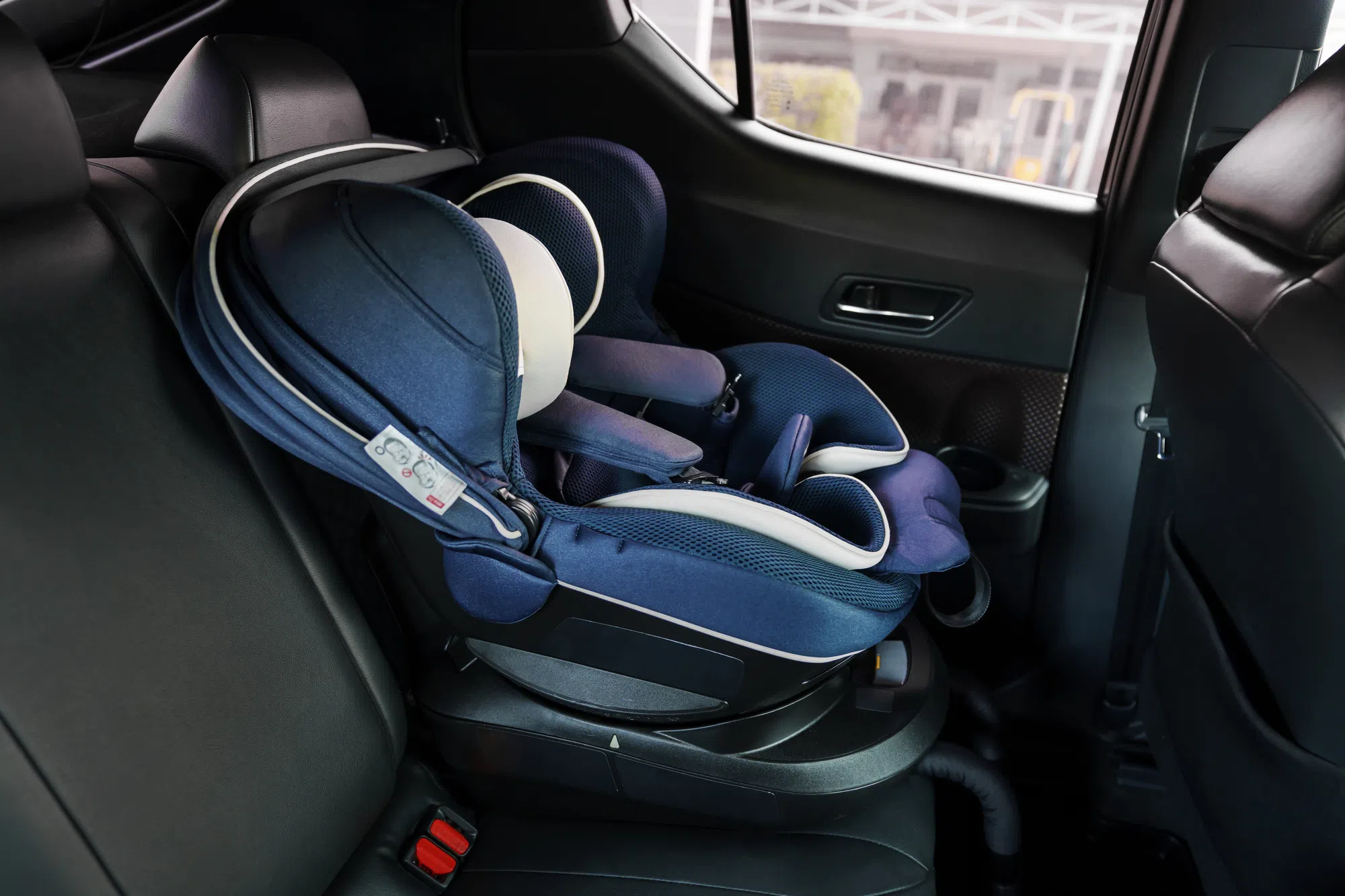
geargodz / Depositphotos.com
KEARNEY — As the temperature begins to warm up, the possibility of a child or pet being accidently forgotten in a car can lead to deadly consequences.
Around 40 children a year die from heatstroke because they were left or become trapped in a car. There have been over 940 child hot car deaths since 1998, according to the National Highway Traffic Safety Administration (NHTSA).
The number of child hot car deaths for 2022 was 33. So far in 2023, two deaths have been reported. On average, 38 children under the age of 15 die each year from heatstroke after being left in a vehicle.
Nearly every state has experienced at least one death since 1998. In both 2018 and 2019 a record number of 53 children died after being left in a hot vehicle, per the National Safety Council.
There have been four hot car deaths in Nebraska since 1998.
The last hot car death in Nebraska took place in August 2023, a one-year-old had been left in a child car providers van when the temperatures reached the upper 90s. The daycare van driver was found guilty child abuse resulting in death.
“The majority of hot car deaths, 53 percent, happen because someone forgets a child in a car. You may be asking yourself: How does this happen? Families who lost a loved one thought the same thing at one point, but then the tragedy happened to them. Hot car deaths don’t just occur in the summer heat,” per the NHTSA.
On average, the first vehicular heatstroke deaths occur in March. Around 46 percent of the time a child was forgotten, a caregiver meant to drop the child off at daycare or preschool. Thursdays and Fridays, the end of the workweek, have the highest number of deaths and more than 54 percent of the deaths include children under age the age of two.
“Hot car deaths don’t just happen when a child is forgotten. The second leading cause, 25 percent of such deaths, are children getting into unattended vehicles. Get in the habit of always locking your car doors and trunk, year-round. The temperature inside a car can reach over 115 degrees when the outside temperature is just 70 degrees,” per the NHTSA.
Parents should never let their children play in unattended vehicles and they should be taught that the vehicle is not a play area. If a child is missing, a check of vehicles, including the trunk is warranted.
The inside of a car can heat up quickly, even if the windows are cracked. Around 80 percent of the vehicles temperatures increase occurs within the first 10 minutes, according to the non-profit organizations, KidsandCars.
When it’s 85 degrees outside it can get to 104 degrees inside after 10 minutes and 119 after 30 minutes, when it’s 90 degrees outside it can get to 109 degrees inside after 10 minutes and 124 after 30 minutes.
How do cars warm up so fast? The sun’s shortwave radiation is absorbed by the surfaces inside the car such as the upholstery, the dashboard and the steering wheel.
These surfaces in the car then re-radiate the energy, but in the form of longwave (infrared) radiation, this heats up the air inside the car.
Pets can be affected in the same way as children, although people may think a pet can handle more than an infant. Even if it is 75 degrees outside, in direct sunlight the interior can heat up to 100 degrees in just ten minutes.
“While all types of hot car deaths are preventable, the third leading cause of these deaths — knowingly leaving a child — is the most preventable. Never leave a child alone in a parked car. Rolling windows down or parking in the shade does little to change the interior temperature of the vehicle. A child’s body temperature can rise three to five times faster than an adult’s,” per the NHTSA.
Parents and caregivers, get in the habit of always checking the back seat of your car before locking the doors. Remember: Check the Back Seat.
The NHTSA has some tips for parents or caregivers with children in the car:
- Place a briefcase, purse, or cell phone next to the child’s car seat so that you’ll always check the back seat before leaving the car.
- Keep a stuffed animal or another toy in your child’s car seat when it’s empty. Move it to the front seat as a visual reminder when your child is in the back seat.
- Set a rule for your child care provider; have them call you if your child doesn’t arrive as scheduled.
- If you see a child alone in a vehicle, make sure the child is okay and responsive. If not, call 911 immediately.
- If the child appears to be okay, attempt to locate the parents; if at a public place, have the facility page the car owner over an intercom system.
If the child is not responsive and appears to be in distress, attempt to get into the car to assist the child—even if that means breaking a window. Many states have “Good Samaritan” laws that protect people from lawsuits for getting involved to help a person in an emergency.
Nebraska state law states, “No person who renders emergency care at the scene of an accident or other emergency gratuitously, shall be held liable for any civil damages as a result of any act or omission by such person in rendering the emergency care or as a result of any act or failure to act to provide or arrange for medical treatment or care for the injured person.”
“Remember: Kids and hot cars can be a deadly combination. Don’t take the chance. Always check the front and back seat of the vehicle before locking the door and walking away,” the NHTSA states.














